
Check 1, check 2...Is this thing on?
Want a low-cost, effective tool to reduce post-op complications? We give you...a checklist.
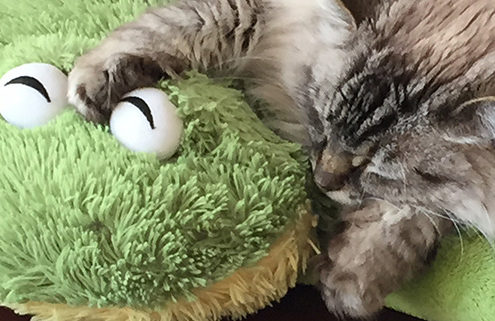
Cranky kitties: Diagnosis and management of feline osteoarthritis
Canine osteoarthritis (OA) is a well characterized chronic disease, but he same cannot be said for feline osteoarthritis. This article discusses what we currently know about feline OA.

Minimally invasive surgery - How small can we go?
With advances in human and veterinary medicine, new and innovative surgical techniques are constantly being devised, tested, and either discarded or adopted as the new standard.
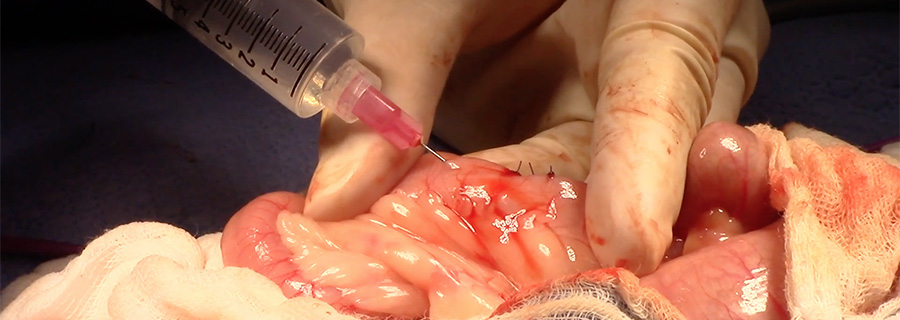
Intestinal leak testing following enterotomy
An important task during enterotomy surgery is testing for leaks following intestinal closure. The instructional video below demonstrates intestinal leak testing with and without instruments.
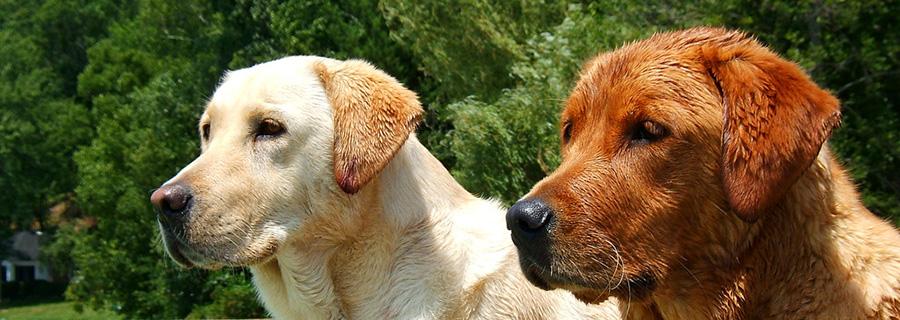
Laryngeal paralysis: The inspiration and the aspiration
Laryngeal paralysis is one of the more common upper respiratory emergencies seen in our aging canine population. It is frequently diagnosed in the spring to summer time as the weather begins to warm and we are more active with our canine companions.
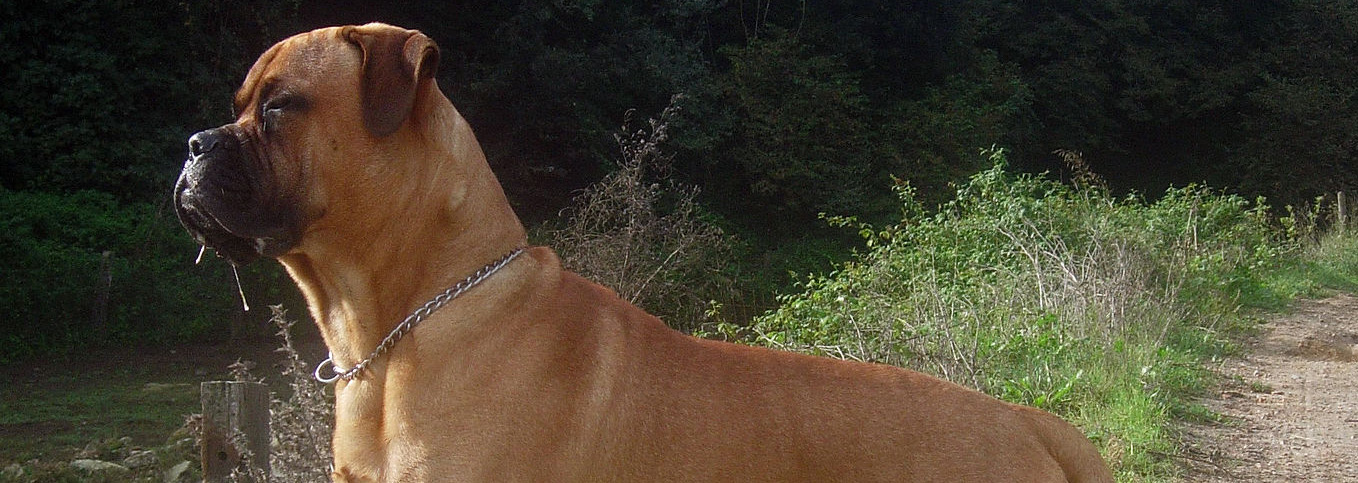
Tarsal osteochondrosis
This article is a brief discussion of tarsal osteochondrosis including etiology and pathogenesis, clinical signs, diagnostics, treatment, and prognosis. It is a combination of literature review and editorial based on clinical impression.
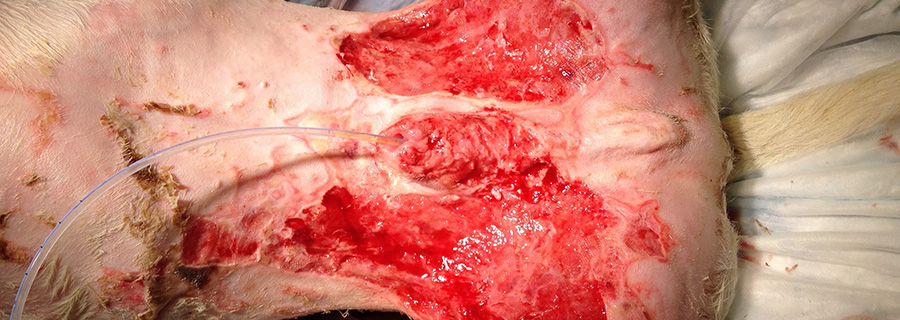
Fundamentals of chronic wound management
Traumatic wounds are an important cause of morbidity and mortality in small animal medicine, having a significant impact on both the patient and the owner. This article discusses the management of chronic wounds.
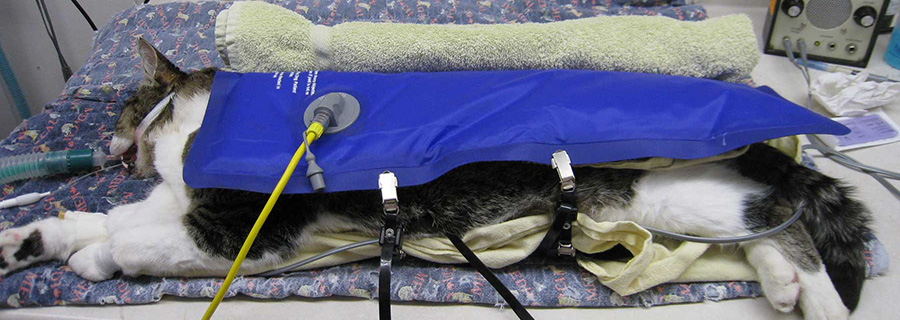
Perioperative hypothermia
Body temperature is closely maintained in mammals around an optimal set point at which ideal cellular function can occur. This is a complex process that ultimately results in a balance between heat production and heat loss. The hypothalamus acts as the main regulator of this process with multiple sensors throughout the body.

Indications and candidate screening for total hip replacement in the dog
Total hip replacement (THR) is the surgical substitution of a dysfunctional coxofemoral joint with a ball and socket prosthesis designed to mimic the mechanical function of a normal hip. This article discusses the indications, contraindications and pre surgical screening for THR.
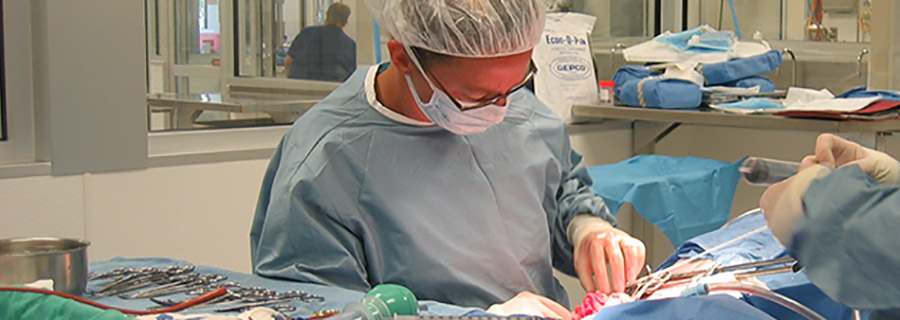
Portosystemic shunts
Portosystemic shunts are the most common hepatobiliary congenital abnormality diagnosed in veterinary medicine. When a portosystemic shunt is present, the portal circulation enters directly into the systemic circulation...
